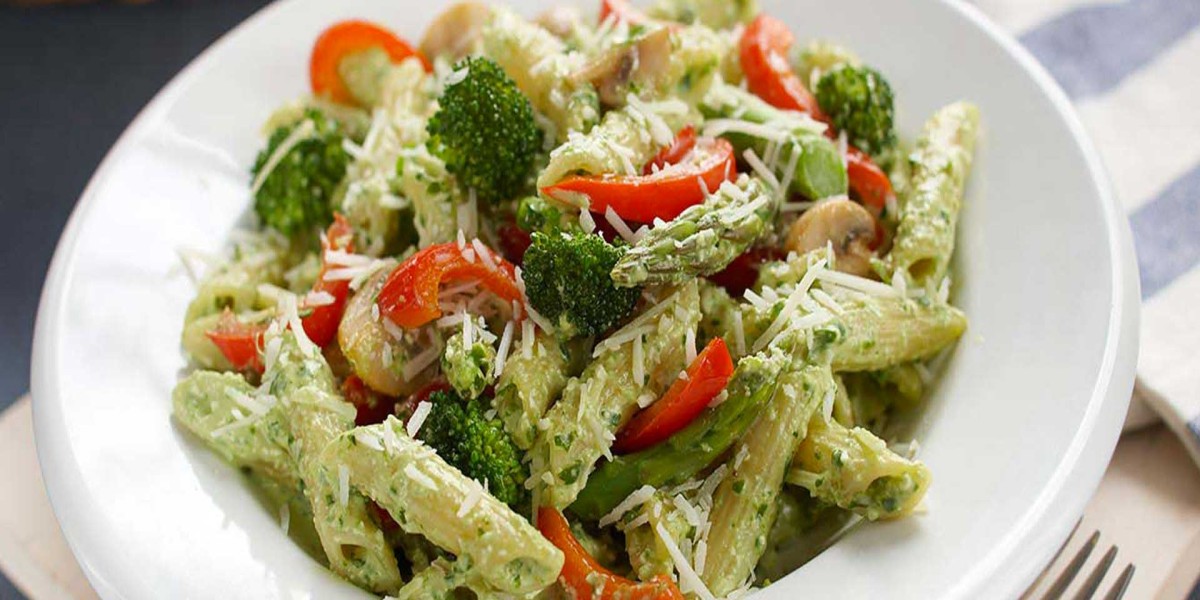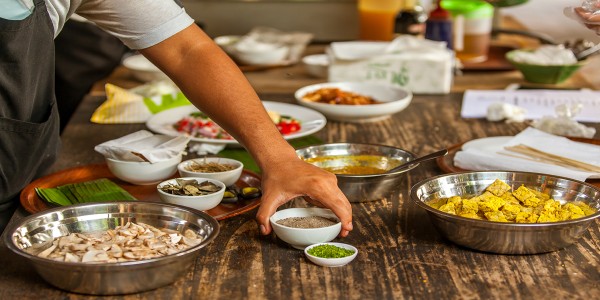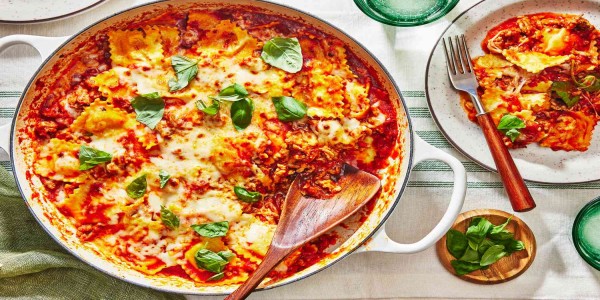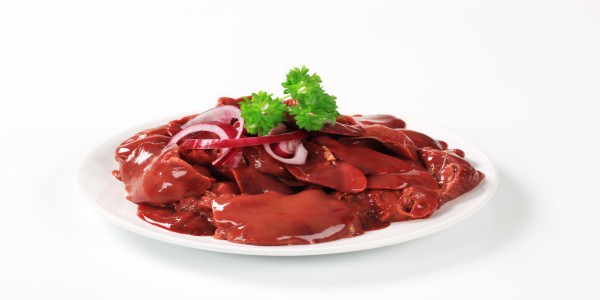Pesto Pasta Primavera: A Culinary Delight
Welcome to the world of Pesto Pasta Primavera, where culinary excellence meets a burst of freshness on your plate. In this guide, we dive into the intricate details of creating this savory masterpiece, from selecting the finest ingredients to achieving the perfect al dente texture.
Historical Roots of Pesto Sauce
Pesto, a vibrant and aromatic sauce hailing from the sun-kissed regions of Italy, has a rich and flavorful history that traces back to ancient times. The word "pesto" is derived from the Italian verb "pestare," meaning to pound or crush—a fitting description for the traditional method of preparing this sauce. While the origins of pesto can be debated, the most widely recognized version comes from the coastal region of Liguria.
Liguria, nestled along the northwestern coast of Italy, is renowned for its lush hillsides and the picturesque port city of Genoa. It is in this idyllic setting that pesto found its roots, with the primary ingredients being fresh basil, pine nuts, garlic, Parmesan cheese, and extra-virgin olive oil. The Genoese people embraced pesto as a staple, celebrating its simplicity and bold flavors. The sauce became a symbol of their culinary heritage, reflecting the bounty of the Mediterranean.
Over the centuries, the popularity of pesto transcended regional boundaries, captivating taste buds far beyond Liguria. Italian immigrants carried the tradition with them, introducing pesto to diverse culinary landscapes. As globalization took hold, pesto transcended cultural borders, becoming a beloved condiment worldwide. Today, the classic Genovese pesto remains a timeless favorite, a testament to the enduring allure of this historical sauce.
Evolution of the Pasta Primavera Dish
The evolution of the pasta primavera dish is a tale of creativity and culinary fusion that emerged in the United States during the 1970s. Primavera, meaning "spring" in Italian, perfectly captures the essence of this vibrant pasta dish characterized by an array of fresh, seasonal vegetables. While the origins of pasta primavera are somewhat disputed, it is widely believed that the dish was born out of collaboration between American and Italian chefs.
New York City, a melting pot of diverse cultures and cuisines, became the epicenter of this culinary collaboration. Chefs in the city, inspired by the light and colorful Italian pasta dishes, began experimenting with incorporating an abundance of fresh vegetables into their recipes. The result was a harmonious marriage of Italian simplicity and American innovation—pasta primavera was born.
The dish typically features a medley of vegetables such as cherry tomatoes, zucchini, bell peppers, and broccoli, sautéed to perfection and tossed with al dente pasta. The marriage of these crisp, seasonal vegetables with the rich, flavorful pesto sauce elevates pasta primavera to a symphony of tastes and textures. Its popularity quickly spread across the United States, becoming a staple in Italian-American cuisine and a symbol of the farm-to-table movement.
Cultural Significance
Pesto pasta primavera holds a unique cultural significance as a culinary masterpiece that seamlessly blends the heritage of two distinct cuisines. The dish embodies the spirit of innovation and cross-cultural exchange, reflecting the dynamic nature of contemporary gastronomy.
In Italy, pesto pasta primavera is embraced as a modern interpretation of traditional flavors, a testament to the adaptability of Italian cuisine. In the United States, it has become a symbol of the farm-to-table movement, emphasizing the use of fresh, locally sourced ingredients. The dish bridges the culinary traditions of both nations, creating a harmonious blend that resonates with food enthusiasts worldwide.
Exploring the Essential Components of the Dish
When it comes to crafting a culinary masterpiece, understanding the key ingredients is paramount. Each element plays a crucial role in shaping the overall flavor profile and ensuring a memorable dining experience. Let's delve into the essential components of this delectable dish.
At its core, this recipe embraces a harmonious blend of flavors and textures. One of the primary stars of the show is the protein source—whether it's succulent chicken, savory shrimp, or hearty tofu. This choice not only provides a foundation for the dish but also imparts a distinct taste that complements the other ingredients.
Next in line are the aromatic herbs and spices that elevate the dish to new heights. Fresh basil, oregano, and garlic infuse the dish with a burst of flavor, creating a symphony for the taste buds. The careful balance of these herbs adds depth and complexity, turning a simple meal into a culinary masterpiece.
Of course, the quality of the olive oil used cannot be overstated. It serves as the culinary conductor, tying together the disparate elements into a cohesive and delightful medley. Choosing a premium, extra-virgin olive oil not only enhances the dish's taste but also brings a touch of sophistication to the table.
Lastly, a sprinkle of Parmesan or Pecorino cheese adds a rich and savory note, creating a luxurious finish that lingers on the palate. The careful selection of these key ingredients ensures that every bite is a celebration of flavors, making this dish a standout in the world of culinary delights.
Importance of Fresh, Seasonal Vegetables
In the realm of gastronomy, the significance of using fresh, seasonal vegetables cannot be overstated. These vibrant gems not only contribute to the visual appeal of the dish but also bring a burst of natural flavors and nutritional benefits.
Opting for seasonal vegetables ensures that you are working with produce at the peak of its freshness and ripeness. This not only enhances the taste but also guarantees a higher nutritional value, as fruits and vegetables harvested in their prime boast a richer array of vitamins and minerals.
Seasonal vegetables inject a dynamic and ever-changing element to the recipe, allowing you to adapt and modify the dish based on what nature offers. From the crispness of spring asparagus to the robust sweetness of summer tomatoes, each season brings a unique twist to the culinary narrative.
Moreover, using locally sourced vegetables supports sustainable and eco-friendly practices. By embracing what's in season, you are reducing the carbon footprint associated with food transportation and fostering a connection to your local agricultural community.
The Role of High-Quality Pasta and Pesto Sauce
As the canvas on which the entire culinary masterpiece is painted, the choice of pasta and pesto sauce is pivotal. High-quality pasta sets the stage for a satisfying and indulgent dining experience, while a well-crafted pesto sauce adds a burst of vibrant flavors.
Investing in artisanal or homemade pasta elevates the dish to a level of sophistication that is unmatched by its mass-produced counterparts. The texture and flavor nuances of high-quality pasta provide a delightful contrast to the other ingredients, creating a symphony of tastes and textures.
Equally important is the pesto sauce, a green elixir that binds the dish together. Crafted from fresh basil, pine nuts, Parmesan cheese, garlic, and olive oil, a well-balanced pesto sauce imparts a zesty and herbaceous kick to the dish. Opting for a high-quality, authentic pesto ensures that each bite is a harmonious blend of fresh, aromatic goodness.
The marriage of premium pasta and pesto sauce transforms the dish into a culinary masterpiece, where each element complements and enhances the others. It's a celebration of quality ingredients, expertly combined to create a symphony of flavors that dance on the taste buds.
Culinary Harmony: Pesto and Vegetables
In the realm of culinary delights, few combinations are as harmonious as the marriage of flavors found in a well-crafted pesto sauce. This verdant and aromatic blend of fresh basil, pine nuts, Parmesan cheese, garlic, and olive oil creates a symphony of tastes that dance on the palate. Let's delve into the intricacies of this classic sauce and unravel the secrets behind its irresistible allure.
Analyzing the Marriage of Flavors in Pesto Sauce
At the heart of pesto's charm lies the artful balance of its key ingredients. Basil, with its bright and herbaceous notes, takes center stage, creating a fresh and vibrant base. The richness of pine nuts adds a nutty undertone, while garlic infuses a pungent kick, elevating the overall complexity of the sauce. Parmesan cheese contributes a salty and savory element, tying everything together in a delicious embrace. Finally, the velvety texture of olive oil provides a smooth finish, ensuring that every spoonful is a sensory delight.
To optimize the SEO potential of your article, consider incorporating key phrases such as "best pesto sauce recipe," "homemade pesto flavors," or "perfect pesto combination." By weaving these phrases seamlessly into your content, you not only enhance your article's visibility but also cater to readers searching for insights into the world of pesto.
How Different Vegetables Enhance the Overall Taste
While pesto shines on its own, its versatility truly comes to light when paired with an array of vibrant vegetables. Each vegetable introduces a unique flavor profile, transforming a simple dish into a culinary masterpiece. Consider the robust sweetness of cherry tomatoes, the earthy undertones of roasted bell peppers, or the subtle crunch of sautéed zucchini—all working in tandem to complement the pesto's savory richness.
To cater to SEO optimization, incorporate phrases like "pesto and vegetable pairing," "vegetable recipes with pesto," or "creative pesto combinations." This not only captures the essence of your content but also resonates with readers seeking inspiration for incorporating pesto into their vegetable-centric dishes.
Balancing Textures for a Satisfying Dish
In the realm of gastronomy, texture is often the unsung hero that elevates a dish from good to extraordinary. When marrying pesto with vegetables, the interplay of textures becomes a crucial factor in creating a truly satisfying culinary experience. Imagine the juxtaposition of the creamy pesto against the crispness of roasted vegetables or the al dente bite of pasta—the harmony of textures adds a delightful dimension to the overall enjoyment of the dish.
To enhance the SEO appeal of your article, consider integrating phrases like "textural balance in pesto dishes," "crispy vs. creamy pesto recipes," or "satisfying pesto textures." These keywords not only cater to the curiosity of your readers but also make your content more discoverable in the vast landscape of online searches.
Highlighting the Adaptability of Pesto Pasta Primavera
In the realm of culinary delights, few dishes boast the versatility and adaptability as Pesto Pasta Primavera. This classic Italian dish, with its vibrant colors and rich flavors, not only satiates the taste buds but also embraces the ever-changing seasons with open arms.
Pesto Pasta Primavera, at its core, is a celebration of fresh, seasonal ingredients. The beauty lies in its ability to seamlessly incorporate whatever the garden or market has to offer during each distinct season. Whether it's the crisp asparagus of spring, the sun-ripened tomatoes of summer, the hearty root vegetables of fall, or the robust greens of winter, this dish transforms itself to mirror the essence of the current season.
During spring, envision a bowl of Pesto Pasta Primavera adorned with tender asparagus spears, vibrant peas, and delicate baby spinach. The pesto, a symphony of basil, pine nuts, and Parmesan, adds a burst of freshness that perfectly complements the awakening of nature.
As summer takes center stage, let your Pesto Pasta Primavera shine with the juiciness of cherry tomatoes, the sweetness of corn kernels, and the aromatic basil that reaches its peak during this sunny season. The pasta becomes a canvas, capturing the essence of long, warm days and leisurely evenings.
Frequently Asked Questions (FAQs)
Q: Can I use store-bought pesto for Pesto Pasta Primavera?
A: Absolutely! While homemade pesto adds a personal touch, high-quality store-bought options can be a convenient alternative, ensuring a quick and delicious Pesto Pasta Primavera.
Q: What pasta shape works best for this dish?
A: Fusilli, penne, or farfalle are excellent choices, as their shapes capture and hold the pesto, enhancing the overall dining experience.
Q: Is Pesto Pasta Primavera suitable for vegetarians?
A: Yes, it's a delightful vegetarian option. The vibrant vegetables and flavorful pesto create a satisfying and meat-free culinary experience.
Q: Can I make Pesto Pasta Primavera ahead of time?
A: Absolutely! Prepare components in advance and assemble just before serving to maintain the dish's freshness and flavors.
Q: How do I avoid a soggy Pesto Pasta Primavera?
A: Ensure vegetables are thoroughly dry before adding them to the pasta and pesto. Additionally, toss the components gently to prevent excess moisture.
Q: Any tips for enhancing the pesto flavor?
A: Experiment with different types of basil, adjust garlic levels to your preference, or add a touch of lemon zest for a citrusy twist to elevate the pesto's flavor profile.
Conclusion
In the realm of culinary delights, Pesto Pasta Primavera stands as a testament to the art of blending flavors and textures. From crafting the perfect pesto to choosing the ideal pasta shape, this guide has unraveled the secrets to creating a memorable dining experience. Embrace the versatility of Pesto Pasta Primavera, and let your culinary journey unfold with each delectable bite.









